waruikazi
Legendary
hmm. I guess its just best to judge by muscle definition and whether or not there is any skin folding or exposed skin between scales to tell if the snake is under/over fed or fed just right.
I'm not convinced that this is a good way to judge either and i'm not convinced that their is such a thing as over feeding in pythons when they are housed in an appropriate captive setup.
All Aus pythons go through a period of inactivity during the colder or drier parts of the year and during the wetter/warmer periods they will gorge themselves. At the end of the wet season in the top end you will find pythons that can only be described as obese. But then at the end of the dry you will start to find them again and they are far more lean. In a good captive setup pythons will follow this routine of gorging themselves and then fasting.
Here's some examples of pinheaded fat snakes at one time of the year and lean not pinheaded snakes 6-8months later.
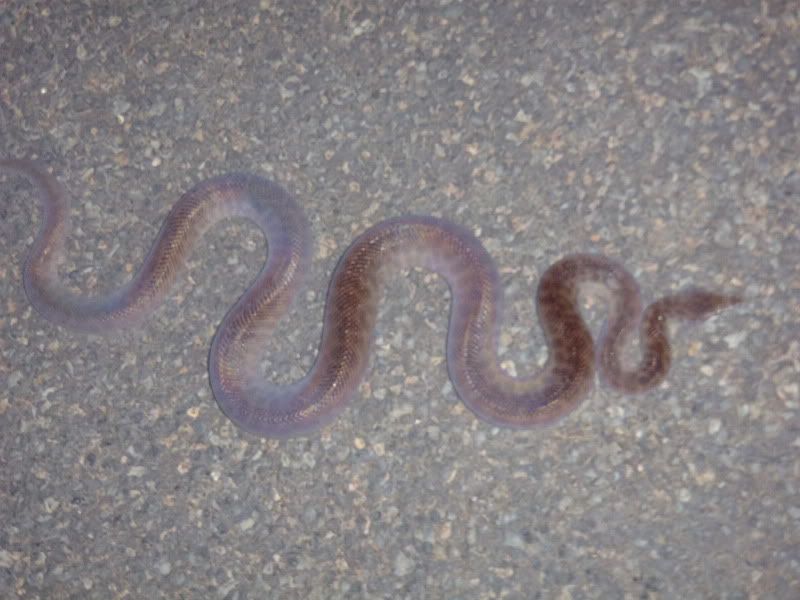
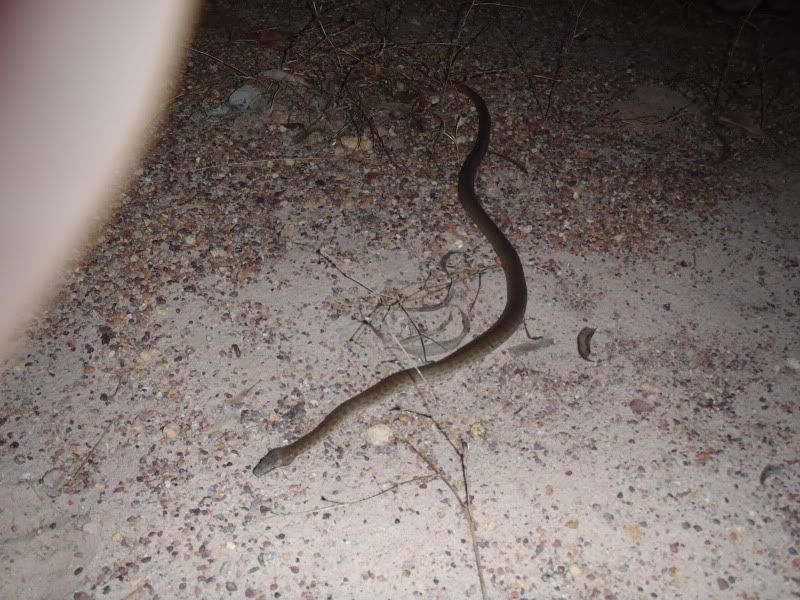
A little blurred, but a good example of late wet season WP's
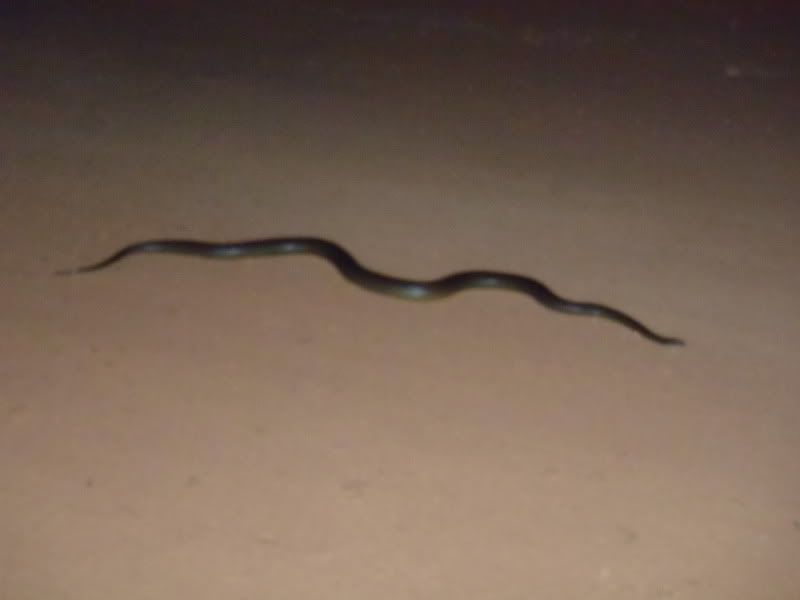
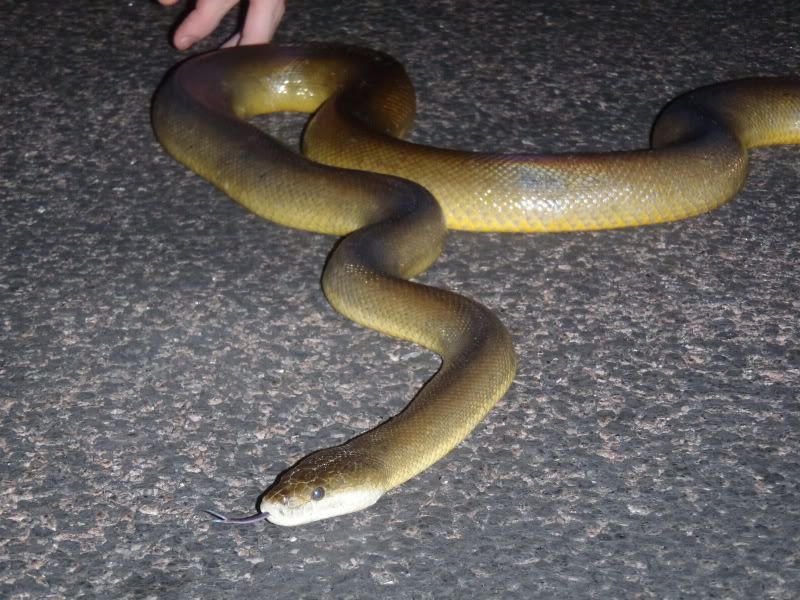
Sorry that first pic of childrens looked better in a thumbnail, here's a better quality pic.
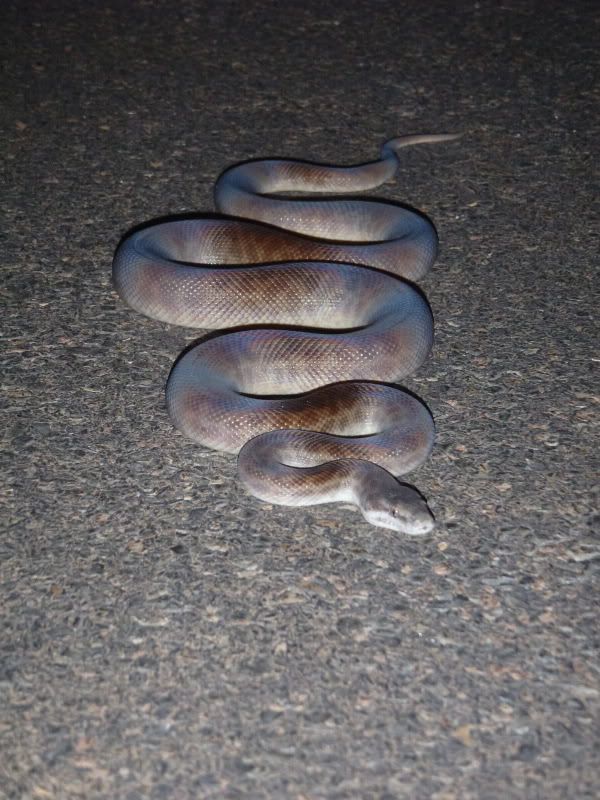
Last edited:



